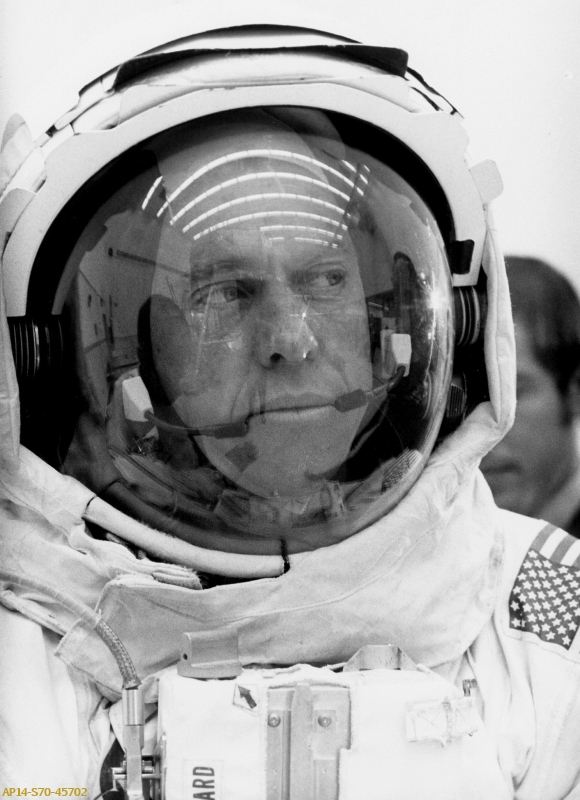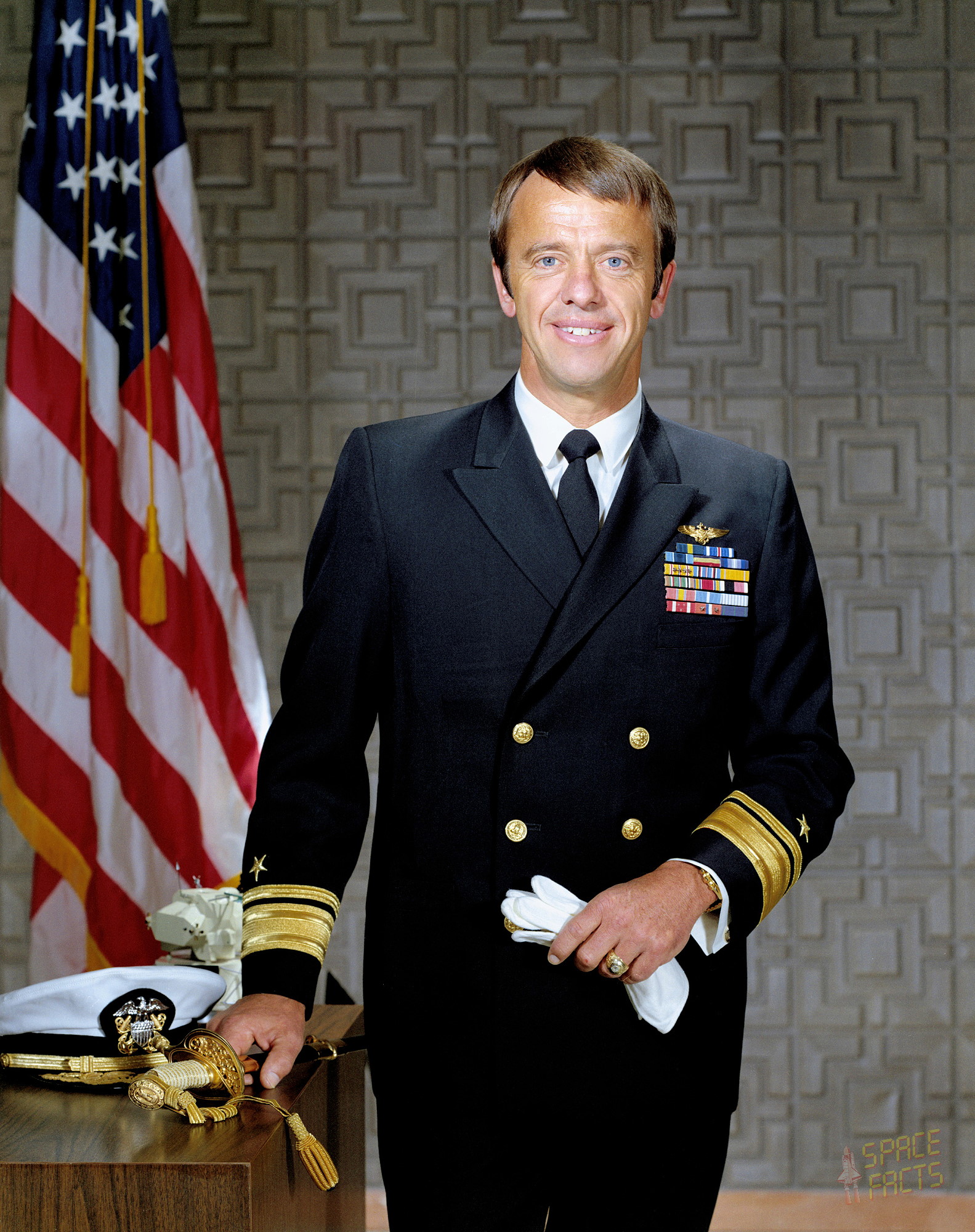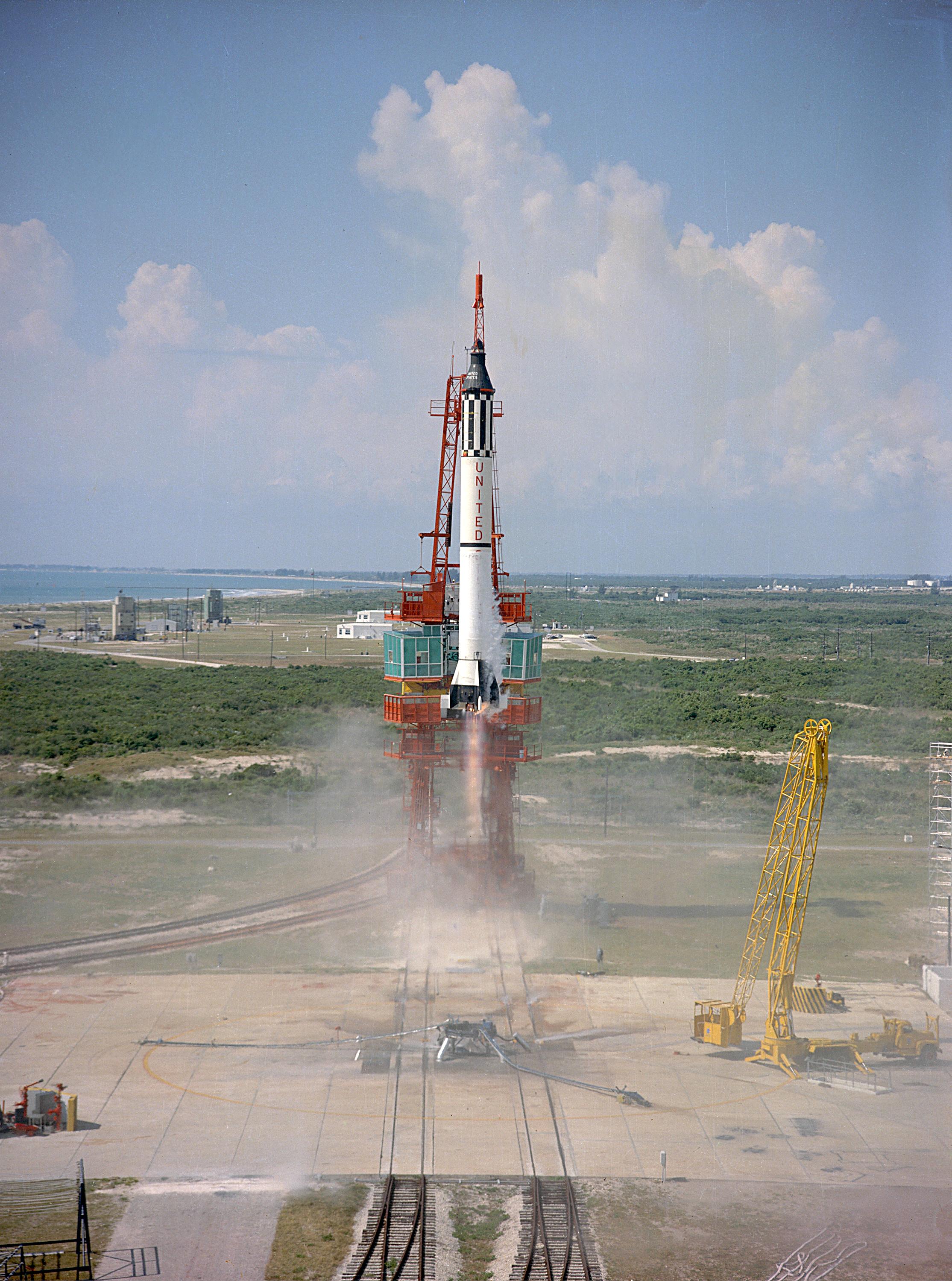
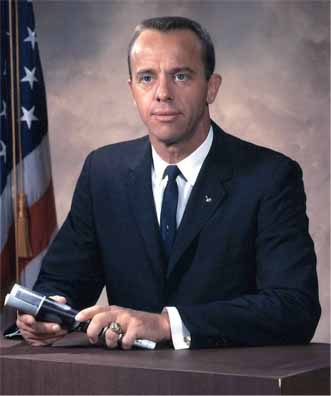
At 10:34:13.48 a.m., Eastern Daylight Time ¹ (13:34:13.48 UTC), 5 May 1961, Mercury-Redstone 3 lifted off from Launch Complex 5 at the Cape Canaveral Air Force Station, Cape Canaveral, Florida. On board was a NASA Astronaut, Commander Alan Bartlett Shepard, Jr., United States Navy. Shepard had named his spacecraft Freedom 7.
This was the very first time that an American astronaut had been carried into space aboard a rocket and came 23 days after Soviet Union Cosmonaut Yuri Alekseyevich Gagarin had completed one orbit of the Earth.
During the launch, acceleration reached 6.3 gs. The Redstone’s engine shut down at T+02:21.3, with the rocket having reached a velocity of 7,388 feet per second (2,251.9 meters per second). 10 seconds later, the Mercury spacecraft separated from the Redstone booster. The spacecraft’s maximum speed was 5,134 miles per hour (8,262.4 kilometers per hour). For the next 5 minutes, 4 seconds, Alan Shepard was “weightless.” Freedom 7 reached a peak altitude of 101.2 nautical miles (116.46 statute miles/187.42 kilometers), 0.9 nautical miles (1.7 kilometers) higher than planned.
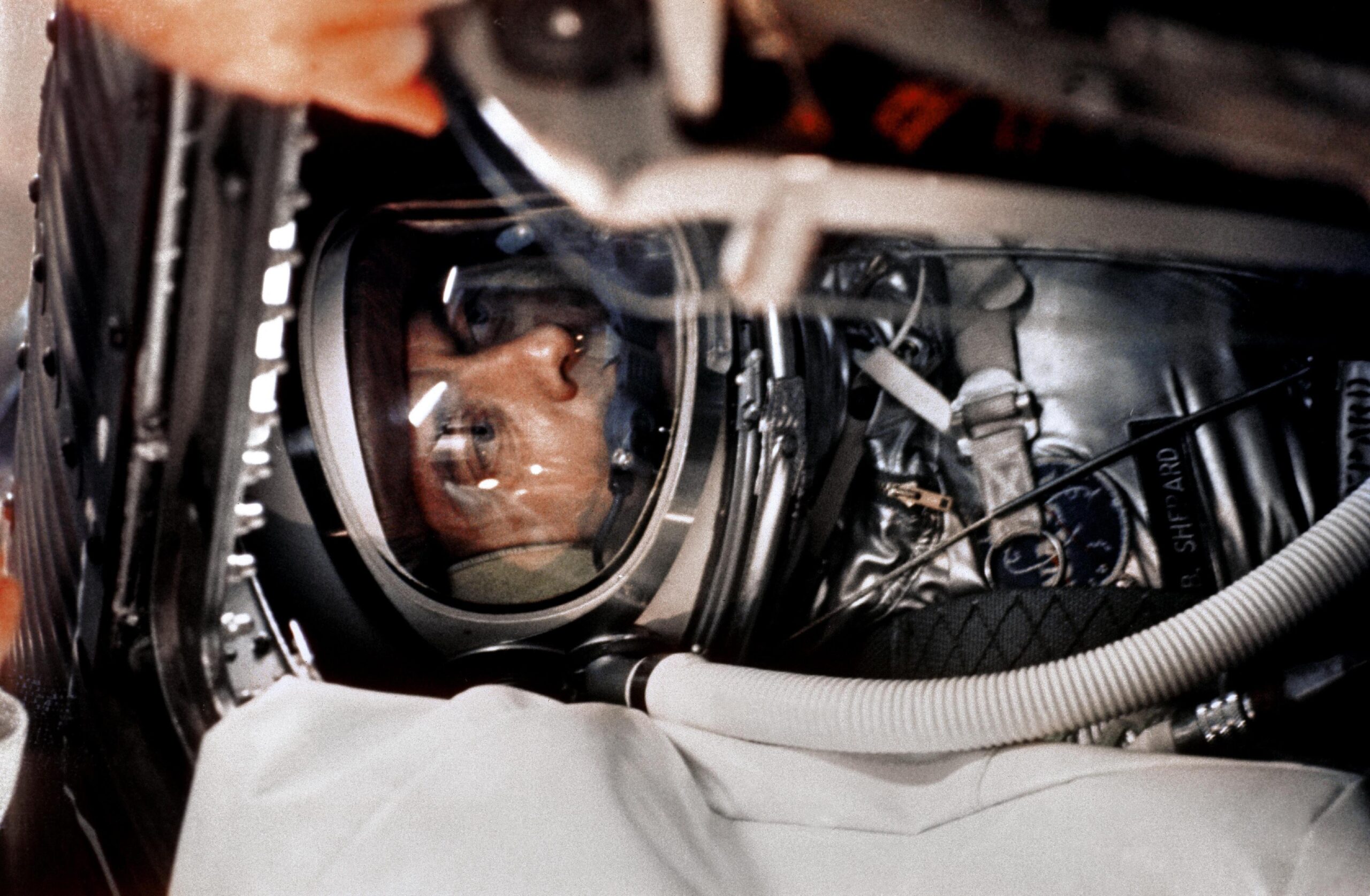
Alan Shepard’s flight was suborbital. The rocket launched the capsule on a ballistic trajectory. During the flight, Shepard demonstrated the use of manually controlled thrusters to orient the Mercury capsule in three axes.
Freedom 7 began reentry to the atmosphere at T+07:38. Deceleration forces reached 11.0 gs. Shepard manually controlled the vehicle’s attitude, and once correctly oriented for reentry, reverted to automatic control. With the blunt (bottom) end of the spacecraft forward, aerodynamic drag slowed the capsule. A spherical-segment ablative Beryllium heat shield protected the space ship and its passenger.
On reaching the lower atmosphere, the capsule’s speed was reduced by a 63-foot (19.2 meter) diameter ring-sail parachute, and a “landing bag” deployed from the base of the spacecraft to provide an impact cushion. The landing, or “splash down,” took place in the Atlantic Ocean, 263.1 nautical miles (302.8 statute miles/487.3 kilometers) down range, 6.8 nautical miles (7.8 miles/12.6 kilometers) farther than planned. (N. 75° 53′, W. 27° 13.7′)
The total duration of Alan Shepard’s flight was 15 minutes, 28 seconds. All mission objectives were accomplished and no malfunctions occurred.
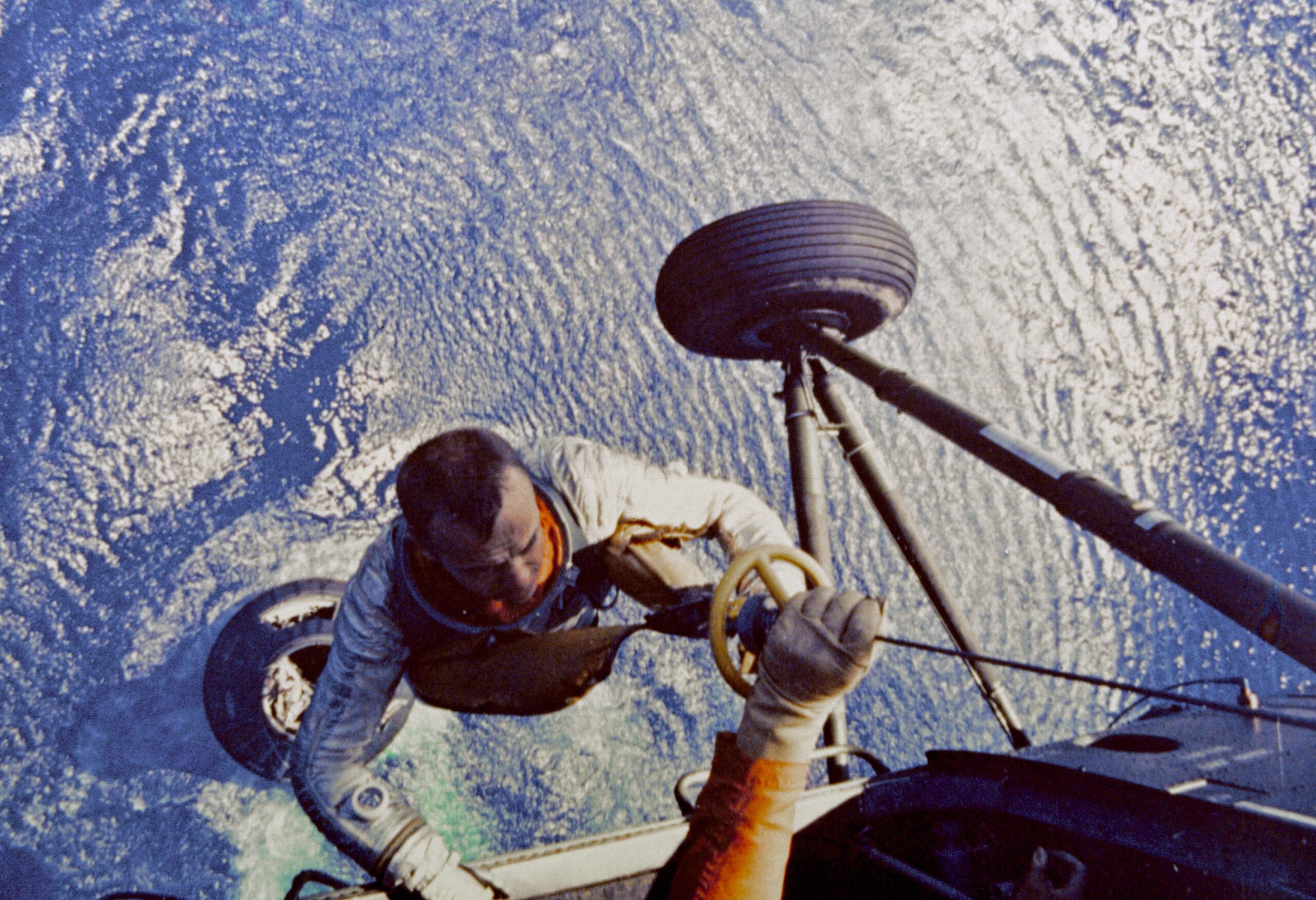
Eleven minutes after splash down, Commander Shepard was hoisted from the capsule to a hovering U.S. Marine Corps HUS-1 Sea Horse (Sikorsky S-58) helicopter of Marine Helicopter Transport Squadron (Light) 262 (HMR(L)-262).² The helicopter then lifted the Mercury capsule and flew to the nearby U.S. Navy Ticonderoga-class anti-submarine aircraft carrier, USS Lake Champlain (CVS-39). The Mercury capsule was returned to Cape Canaveral for inspection and found to be in excellent condition.
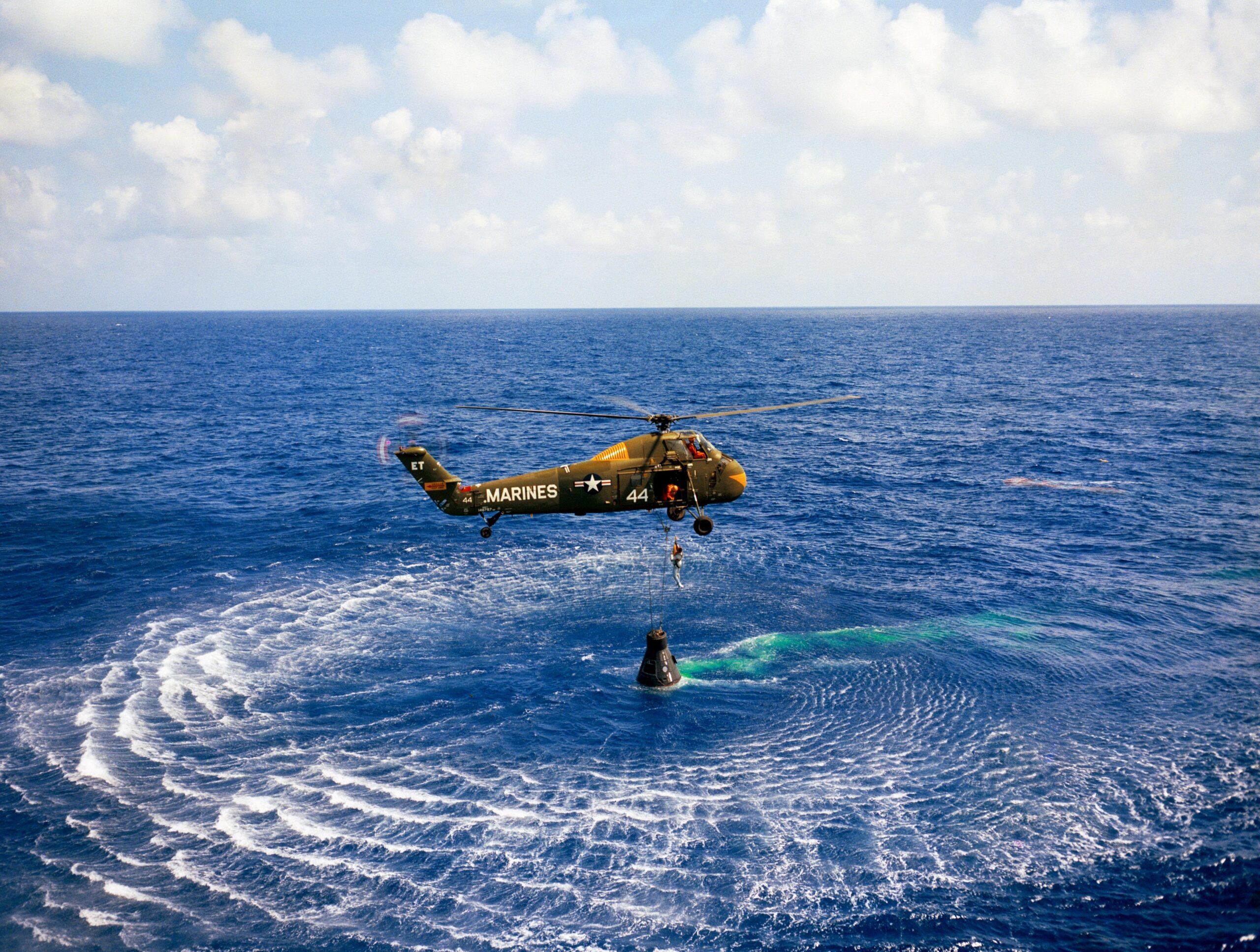
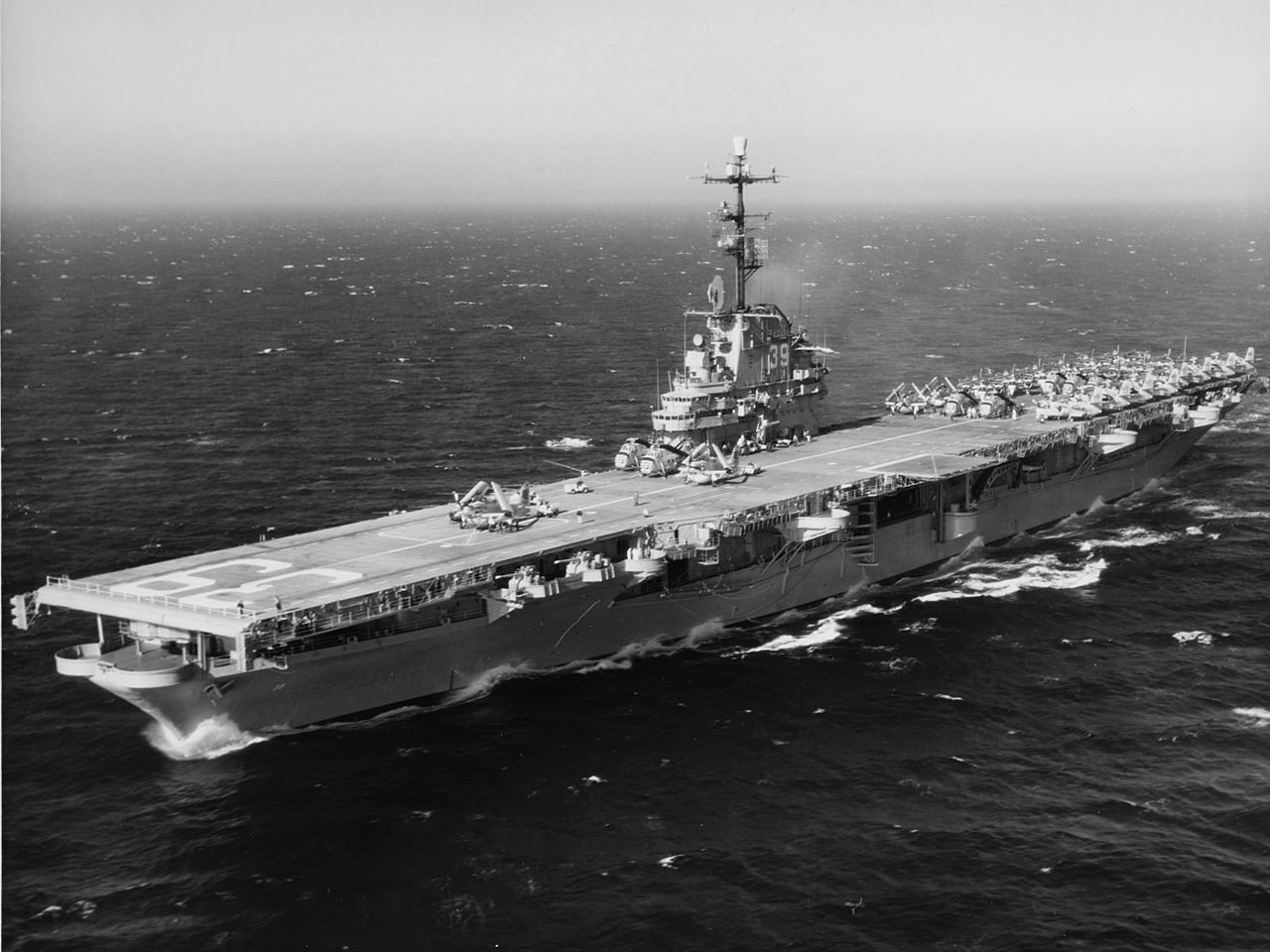

The space capsule was truncated cone with sides angled 20° from the longitudinal axis. It was 6 feet, 10 inches (2.083 meters) long and had a maximum diameter of 6 feet, 2.50 inches (1.892 meters). The total height of the spacecraft, from the tip of the aero spike to the booster adapter, was 26 feet, 1.26 inches (7.957 meters). At launch, Freedom 7 weighed 4,040.28 pounds (1,832.64 kilograms).
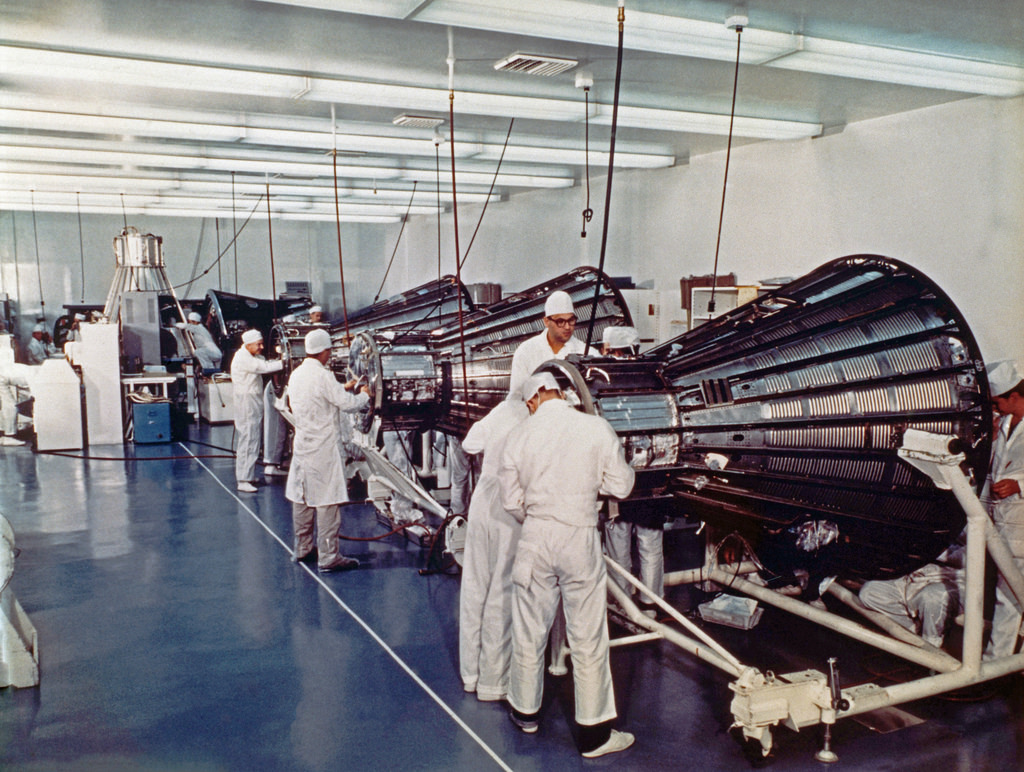
During flight outside the atmosphere, the Mercury spacecraft could be controlled in its pitch, roll and yaw axes by hydrogen peroxide-fueled reaction control thrusters. Both manual and automatic attitude control were available. It could not accelerate or decelerate (except for reentry), so it could not change its orbit.
The spacecraft cabin was pressurized to 5.5 psi (0.38 Bar) with 100% oxygen. The astronaut wore a B.F. Goodrich Mark IV Model 3 Type I full-pressure suit and flight helmet for protection in the event that cabin pressure was lost.
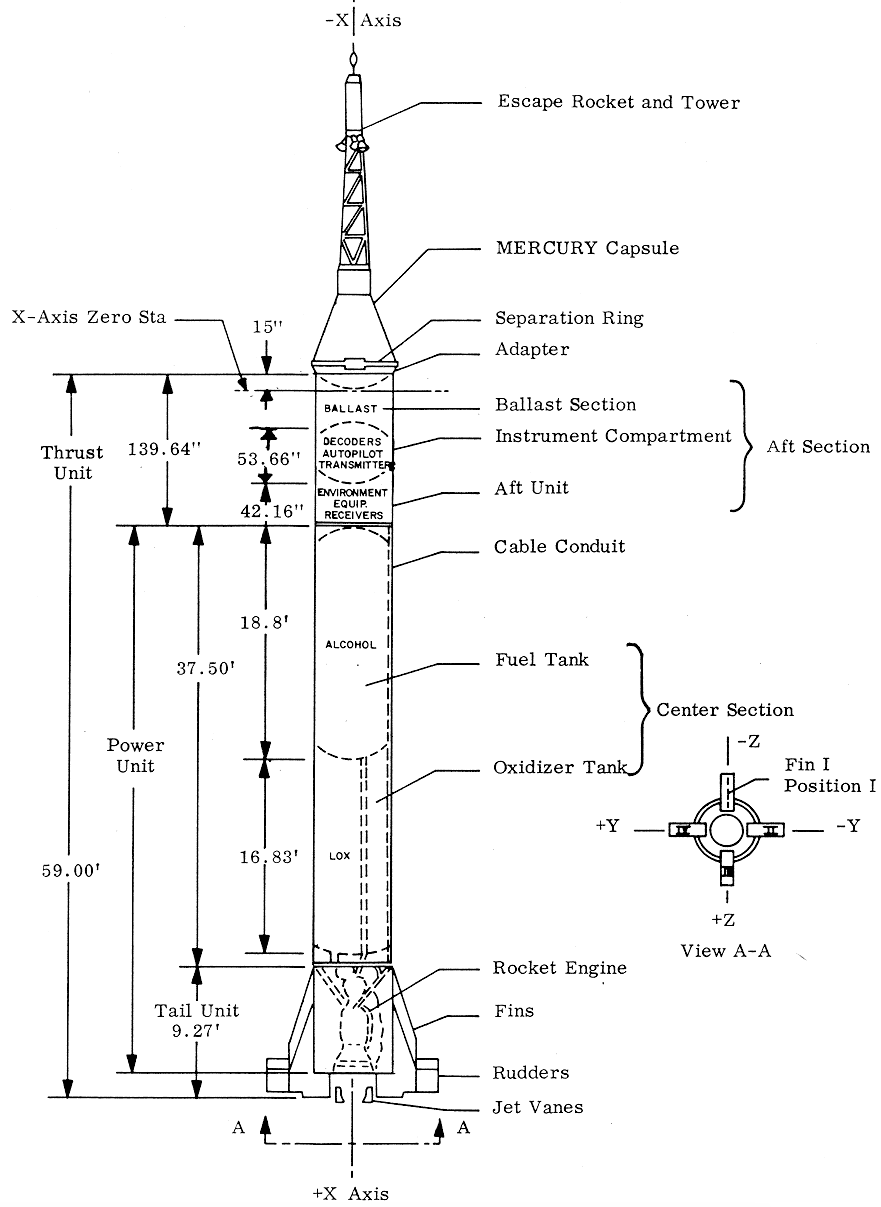

The cylindrical booster was 59.00 feet (17.983 meters) long and 5 feet, 10 inches (1.778 meters) in diameter. The rocket had four guidance fins with rudders mounted at the tail section. (Interestingly, the Redstone stood freely on the launch pad. No hold-downs were used. The guidance fins supported the entire weight of the vehicle.)
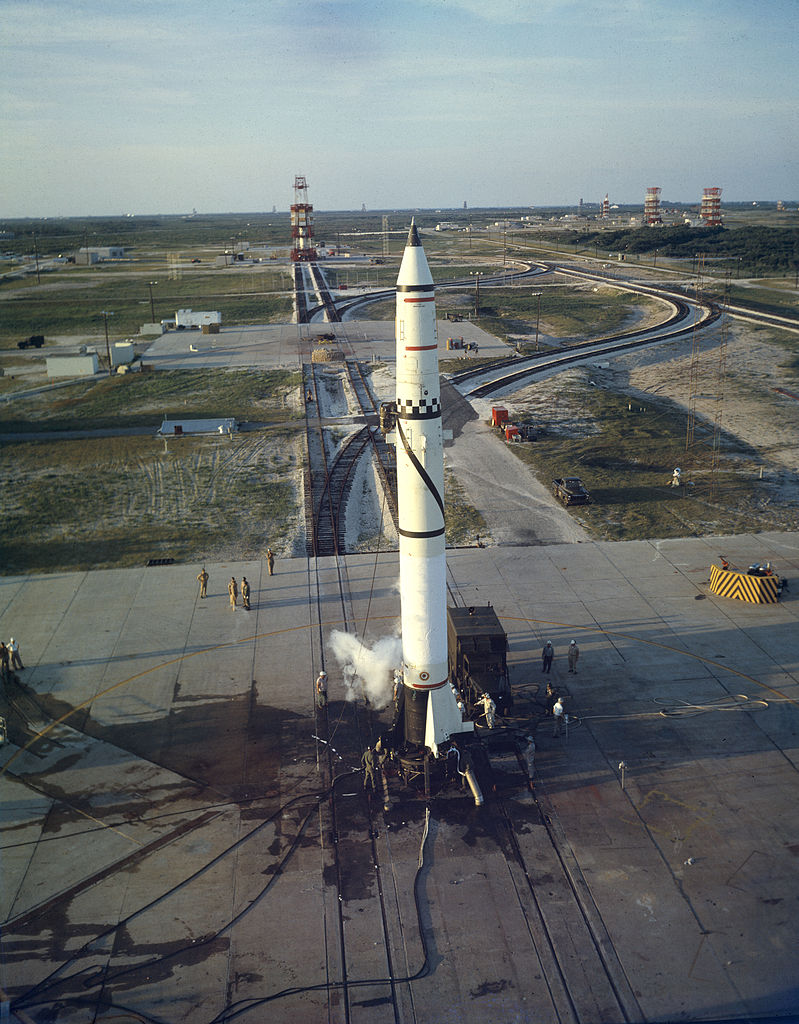
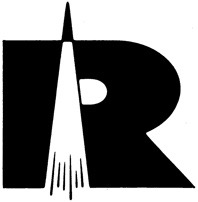
The total vehicle height of Mercury-Redstone 3, including the booster, adapter, capsule and escape tower, was 83.38 feet (25.414 meters). The total MR-3 vehicle launch weight was 66,098 pounds (29,982 kilograms).
Alan B. Shepard, Jr. is credited with two Fédération Aéronautique Internationale (FAI) World Records for this flight:
FAI Record File Num #9519 [Direct Link]
Status: ratified – current record
Region: World
Class: K (Space records)
Sub-Class: K-1 (Suborbital missions)
Category: Spacecraft with one astronaut
Group: General category
Type of record: Altitude
Performance: 186.307 km
Date: 1961-05-05
Course/Location: Cape Canaveral, FL (USA)
Claimant Alan B. Shepard, Jr (USA)
Spacecraft: NASA Mercury Redstone MR-7 / Capsule Mercury Spacecraft n°7
FAI Record File Num #9520 [Direct Link]
Status: ratified – current record
Region: World
Class: K (Space records)
Sub-Class: K-1 (Suborbital missions)
Category: Spacecraft with one astronaut
Group: General category
Type of record: Greatest mass lifted to altitude
Performance: 1 832.51 kg
Date: 1961-05-05
Course/Location: Cape Canaveral, FL (USA)
Claimant Alan B. Shepard, Jr (USA)
Spacecraft: NASA Mercury Redstone MR-7 / Capsule Mercury Spacecraft n°7
The flight of Freedom 7 was the first manned spaceflight in the 50-year history of the NASA program.³ Alan Shepard would later command Apollo 14, the third successful manned lunar landing mission, in 1971.
Alan Shepard’s Mercury spacecraft, Freedom 7, is on display at the John F. Kennedy Presidential Library and Museum, Boston, Massachusetts.
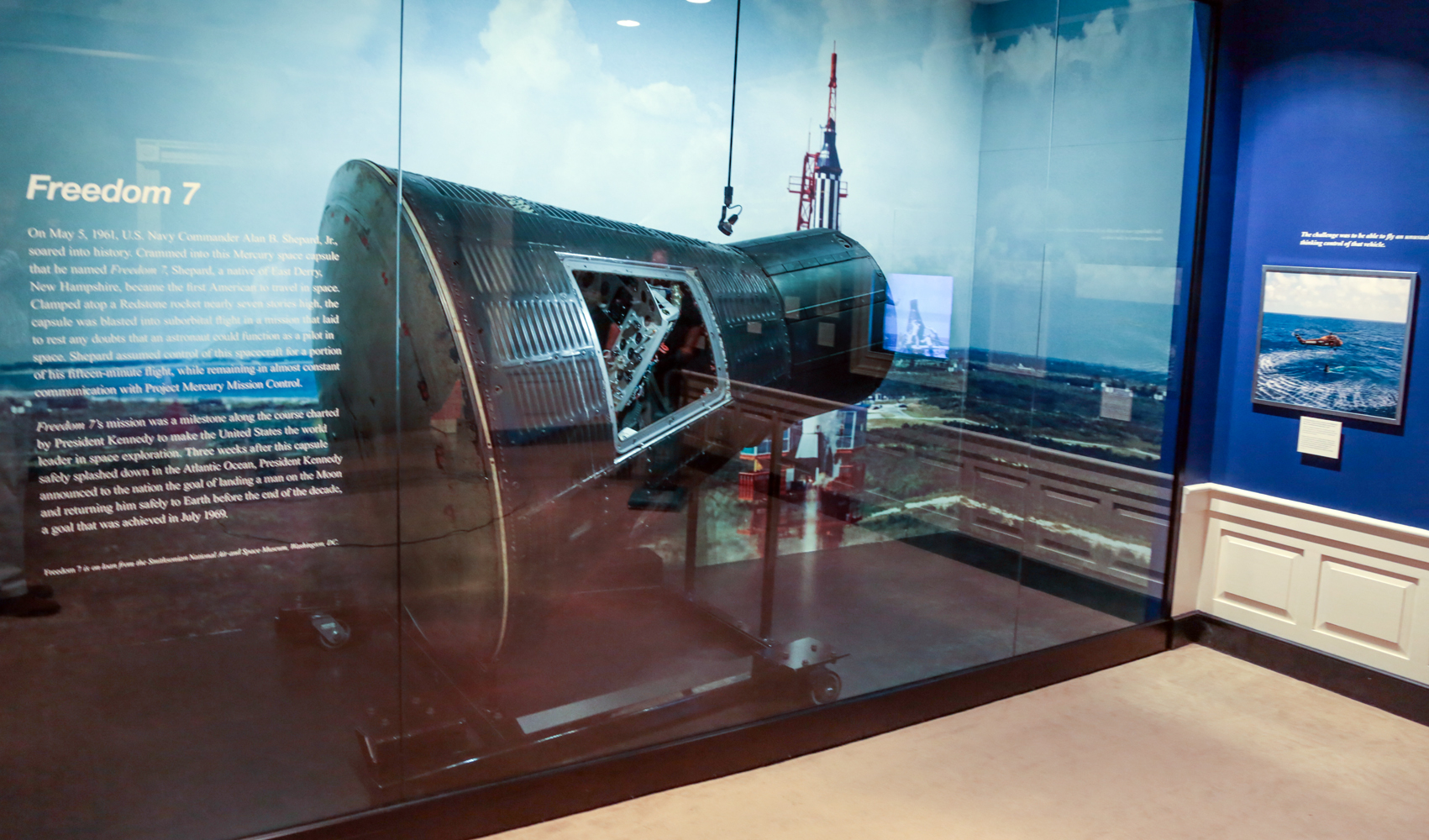
¹ In 1961, Daylight Saving Time in the United States began on 30 April, just six days before Shepard’s flight. Contemporary newspaper articles about the flight frequently give the time of the launch in both standard time and daylight saving time.
² Sikorsky HUS-1 Sea Horse, Bu. No. 148767, modex ET-44. Sikorsky serial number 581318.
³ From the liftoff of Mercury-Redstone 3 until wheel stop of Space Shuttle Discovery (STS-135), the era of NASA’s Manned Spaceflight Programs lasted 50 years, 2 months, 15 days, 20 hours, 23 minutes, 41 seconds.
© 2019, Bryan R. Swopes
